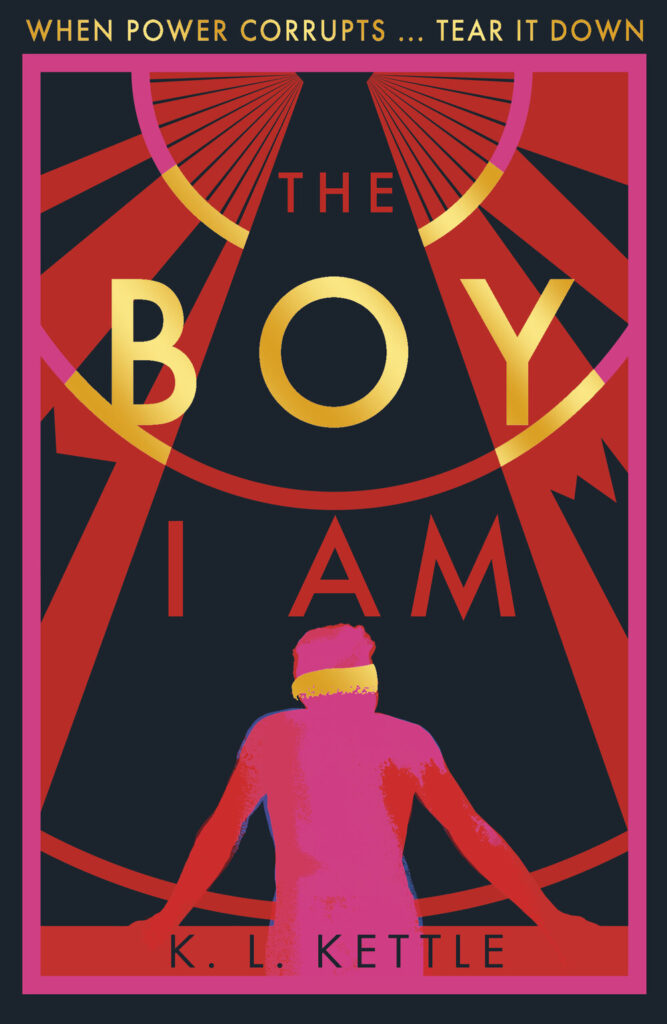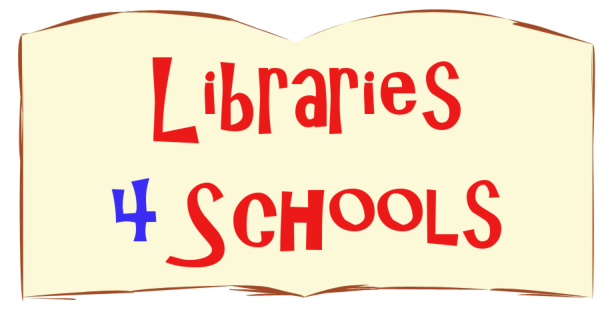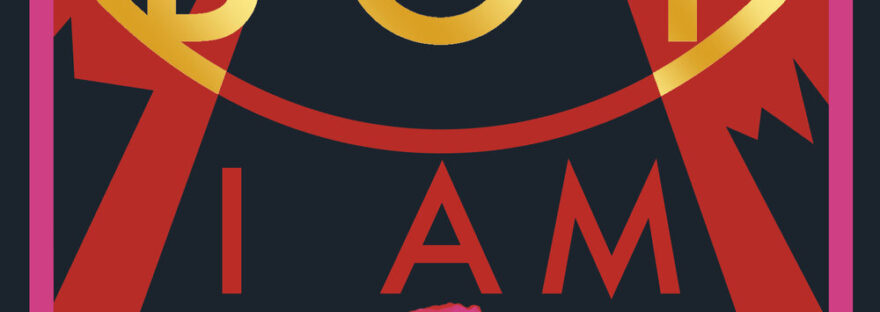By K.L. Kettle (published by Little Tiger)
No. Focus on the Chancellor. I bow, full charm turned up, squeezing down the fear in my gut. This is about you, Vik.
The Chancellor’s sweet, slow tones offer her reserve. “One merit,” she says.
The silence is loud enough: no one’s going to outbid her.
I think the woman I’m meant to kill may have just saved my life.
Jude is 16, and up for auction with others from the House of Boys. This is his last chance to be bought by one of the female elite before he’s considered too old and sent to work in the mines. Jude only has eyes for one buyer though: the Chancellor. She who reigns from on high, who controls the rules and the people, and who one year ago, had Jude’s best friend Vik killed.
Jude isn’t aiming for a comfortable life as her pet though; he’s aiming for justice and freedom for himself and his brothers. However, when his plan to kill the Chancellor goes wrong, he discovers that there’s far more at stake than he could possibly know.
The Boy I Am is a young adult sci-fi dystopia, set in a place called High House Tower. The world outside is a desolate desert, the result of a war led by men, and known to be inhabited only by twisted humanoid creatures called Hysterics. Inside though, it is a glittering paradise ruled by women, where men are for show, for work or for sale, and needn’t worry their “pretty little heads” over anything else.
The argument is a familiar one, and is used in the Tower to keep men down; that men can’t help their nature, and that without direction and regulation, cannot control themselves (an argument that is more often used in the real world to victimise women for men’s behaviour). At the same time, the script is flipped in other ways, for example when Jude is sexually harassed but mentally writes it off as just “girls being girls”.
It’s an intriguing world from the get-go, not just because of the gender-flip, but because of the structure of their society. The Tower is divided up into a number of “Houses”, such as the House of Life, which breeds the boys (this is found out early on, don’t worry!), the House of Peace, which provides the police force called “Lice”, and the House of Boys, which raises the boys and prentices them into different trades like the kitchens or the air system. Men hold no power in this world.
The story drops you in right when the action kicks off, during the auction where Jude is hoping to be bought by the Chancellor. You’re introduced to the plan immediately, as well as a couple of the others who are involved in it, and this means that you’re on edge from the start. It’s obvious that they won’t succeed at first, but how they progress from there leaves you tense in a way that doesn’t really let up until you meet Jude’s friends in chapter 10.
For the most part, the pace mirrors Jude’s world, unrelenting and unstoppable, always moving to the next thing, no time to pause except in occasional, quietly snatched moments. Even when not in the middle of action sequences, the tension bristles underneath. It’s a good tension though, one that leaves you desperate to keep reading without feeling like you can’t keep up.
I did find the narrative a little confusing at times, when it jumps between the present, the past, and internal monologues, but it became easier as I grew more familiar with the characters. This switching also turned out to be a good way to keep up the tension – just when it feels like it’s going to boil over, you’re thrust into a memory for example, giving you a moment to breathe.
The story is gripping, but it’s the characters themselves that really draw you in. Everyone has their reasons for doing what they do; some good, some bad, some sure in their convictions to the end while others have their beliefs shaken to the core. They’re written in such a deep, complex and sympathetic (well, most of them!) way that their actions and feelings truly suck you in, even when you don’t necessarily agree with what they’re doing.
I’m going to level with you, dear reader – this wasn’t an easy book to read at times. Not in the sense that it was poorly written (definitely not, it is excellently written), and not in the sense that it was hard to understand, but because it felt so raw. Maybe because I’m a woman reading it; one of many who recognise the structures that Kettle lays out, who recognises the treatment the boys endure and the hardships they suffer.
I read this just after the events in the UK with Sarah Everard – if you found yourself badly affected by them, then I would suggest reading this book over a couple of days rather than all at once. I actually had to put the book down at one point and go make myself a cup of tea. Not at the point when Jude is beaten, or groped, but at the point that he gets told that someone spread rumours about what he was apparently willing to do in his appointments.
The person telling him says she tried to tell people not to believe it, that he’s “not that kind of boy”, but well…the girls say it happens in appointments all the time. Jude doesn’t want to talk about it, his frustration palpable because there is no way that she could ever understand what it’s like, but she keeps pushing and…I just had to step away. It’s so well written, so visceral and will be so familiar for so many women that, even though I’ve not lived that specific experience myself, I still knew what it felt like.
(Speaking of visceral, if you haven’t seen the book trailer, you can watch it here: https://www.youtube.com/watch?v=RbY6Hi_P18w – it’s a powerful representation of the story.)

I’ve seen others liken The Boy I Am to Naomi Alderman’s The Power, and Malorie Blackman’s Noughts and Crosses; I have to admit that I’m yet to read either (I know, I know! Judge me if you wish.), but from what I know, they explore similar themes. For me, it definitely conjured up images of Logan’s Run and Margaret Atwood’s The Handmaid’s Tale, as well as J.G. Ballard’s High Rise.
What The Boy I Am portrays is a world where inequality is the status quo but it doesn’t have to be. A world where one person may not be able to fix things all by themselves, but they may be able to inspire others. A world where it needs both (or all) sides to come together for a solution, and where change is possible, if people are brave enough to stand up and advocate for it, and for each other.
It’s a book that I believe both boys and girls would benefit from reading. It’s a stark portrayal that will be familiar for the latter, and possibly informative for the former, and hopefully it would show both that working together is the best way to effect change that benefits everyone.

